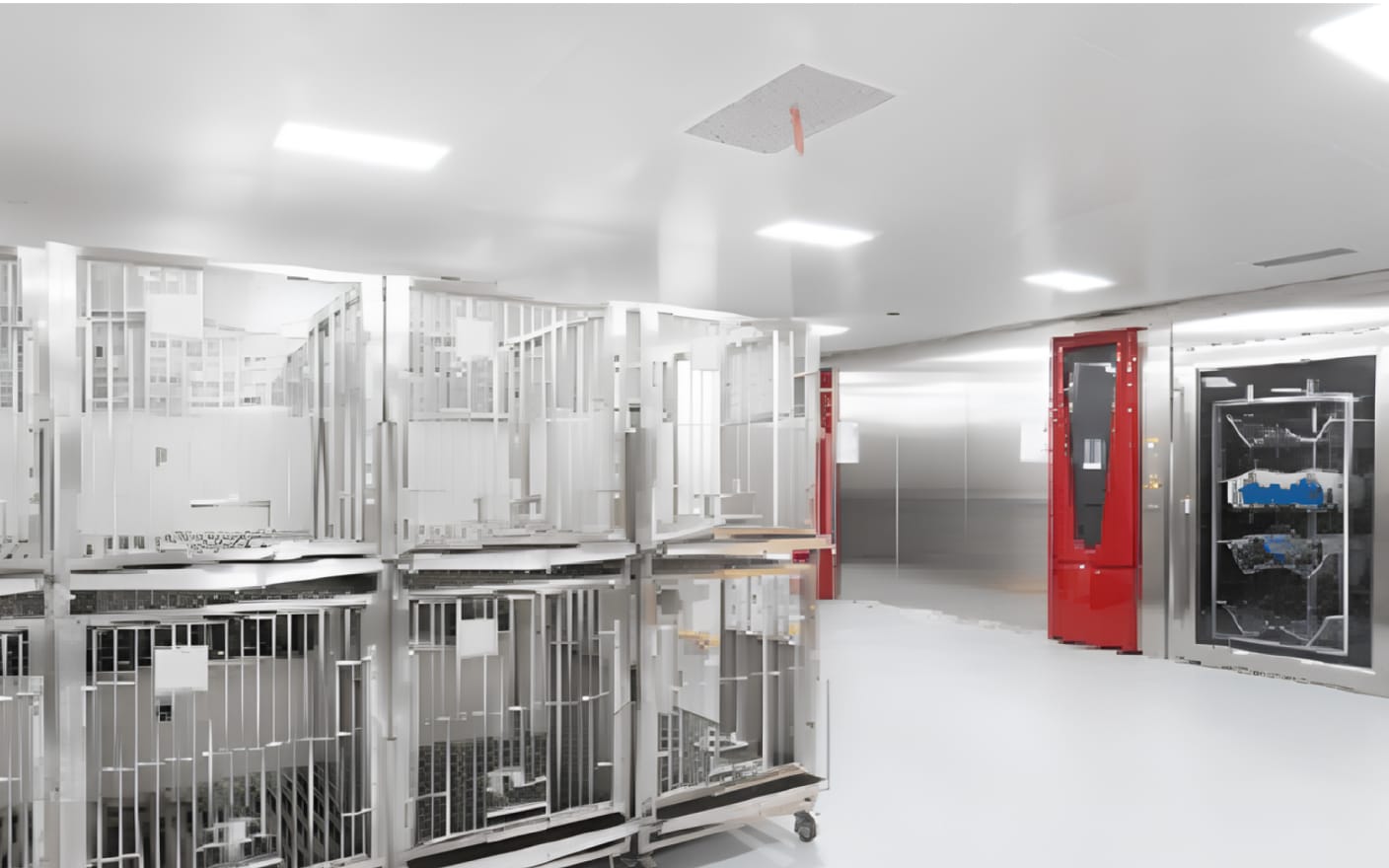Preclinical pharmacokinetic (PK) studies of ophthalmic drugs play a significant role in enhancing our understanding of the processes of drug distribution and changes in ocular tissues, which are crucial for determining the dosage and frequency of drug administration. Through the assessment of PK properties specific to ocular drugs, it is possible to contribute to the screening and optimization of candidate drugs, thereby enhancing their efficacy and safety profiles. Moreover, they provide valuable support in the design and interpretation of clinical trials. This blog will provide valuable insights into the exploration and application of different methods used.
The eyeball can be anatomically divided into two segments: the anterior segment and the posterior segment. Precisely identifying the location of the anterior and posterior segments in ocular drug administration helps facilitate drug diffusion to specific target locations for therapeutic effects. Generally, topical administration on the ocular surface, including intracameral injection, is commonly used for the anterior segment, while intraocular or periocular administration routes are often employed for the posterior segment.
How to collect ocular tissue and process samples
Ocular tissues that can be collected by anatomical separation include the lacrimal gland, conjunctiva, eyelids, cornea, iris, ciliary body, lens, retina, choroid, sclera, and optic nerve. The aqueous humor and vitreous humor can be achieved by puncture sampling techniques. Additionally, the tear can be collected by capillary or filter paper strip method.
Ocular tissues vary in size, structure, and characteristics, necessitating different processing methods. Different types of equipment, such as high-shear homogenizers, ball mills, and multifunctional biological sample homogenizers, may be employed for processing the tissue samples.
Why ophthalmic examination is essential?
In addition to collecting samples for analysis, detailed ophthalmic examinations by experienced veterinarians with the assistance of ophthalmic equipment are essential. The non-rodent (large animal) PKTeam of WuXi AppTec DMPK masters extensive experience in ocular drug delivery, an experienced veterinary team, and comprehensive ophthalmic examination equipment. The team also has established comprehensive ocular scoring criteria (Draize eye irritation score and McDonald–Shadduck scoring system) for ophthalmic examinations.
The significance of understanding ophthalmic preclinical formulations
To improve the bioavailability and safety of ophthalmic drugs, different dosing routes determine different formulations. For example, ocular topical delivery formulations need to consider achieving longer precorneal residence times and enhancing drug penetration, while ophthalmic injectable formulations need to consider factors such as isotonicity and sterility. Common formulations for ocular topical drug delivery comprise solutions, suspensions, emulsions, and gels.
The in vivo PK team of WuXi AppTec DMPK has extensive experience in ocular drug delivery, sample collection and processing, examinations, and ophthalmic formulation development. The team is capable of conducting ophthalmic PK assays in different species, such as mice, rats, rabbits, dogs, monkeys, and pigs. The team is equipped with various high-precision equipment and instruments, which can produce efficient and high-quality study results. In addition, the team can provide technical support and customized services according to the client’s needs, facilitating research on ophthalmic drug development.
If you want to learn more details about the PK studies of ophthalmic drugs, please read the article now.
Committed to accelerating drug discovery and development, we offer a full range of discovery screening, preclinical development, clinical drug metabolism, and pharmacokinetic (DMPK) platforms and services. With research facilities in the United States (New Jersey) and China (Shanghai, Suzhou, Nanjing, and Nantong), 1,000+ scientists, and over fifteen years of experience in Investigational New Drug (IND) application, our DMPK team at WuXi AppTec are serving 1,500+ global clients, and have successfully supported 1,200+ IND applications.
Talk to a WuXi AppTec expert today to get the support you need to achieve your drug development goals.
Related Services and Platforms




-

 In Vivo PharmacokineticsLearn More
In Vivo PharmacokineticsLearn More -

 Therapeutic Areas DMPK Enabling PlatformsLearn More
Therapeutic Areas DMPK Enabling PlatformsLearn More -

 Rodent PK StudyLearn More
Rodent PK StudyLearn More -

 Large Animal (Non-Rodent) PK StudyLearn More
Large Animal (Non-Rodent) PK StudyLearn More -

 Clinicopathological Testing Services for Laboratory AnimalsLearn More
Clinicopathological Testing Services for Laboratory AnimalsLearn More -

 High-Standard Animal Facilities and Animal WelfareLearn More
High-Standard Animal Facilities and Animal WelfareLearn More -

 Preclinical Formulation ScreeningLearn More
Preclinical Formulation ScreeningLearn More -

 Ophthalmic Drugs DMPK ServicesLearn More
Ophthalmic Drugs DMPK ServicesLearn More -

 CNS Drugs DMPK ServicesLearn More
CNS Drugs DMPK ServicesLearn More -

 Respiratory Drugs DMPK ServicesLearn More
Respiratory Drugs DMPK ServicesLearn More -

 Topical and Transdermal Drugs DMPK ServicesLearn More
Topical and Transdermal Drugs DMPK ServicesLearn More
Stay Connected
Keep up with the latest news and insights.














